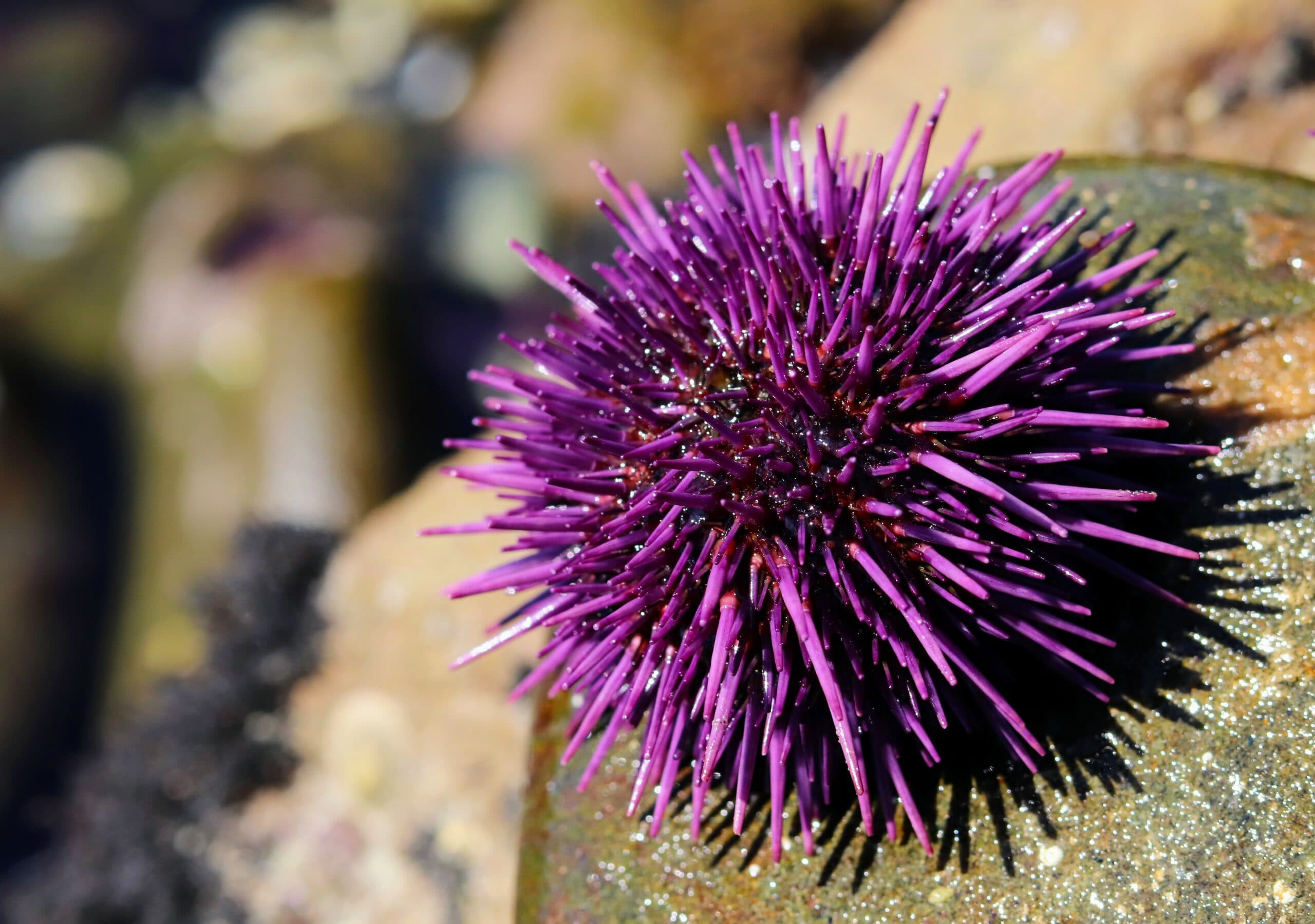
Sea urchin larvae cannot survive in water polluted with plastic
In a new study, experts have investigated how chemicals leached from plastic particles may impact sea urchins during their embryonic and larval stages. The researchers found that sea urchin larvae die from developmental abnormalities when raised in high levels of plastic pollution.
“Microplastics are now polluting all seas and, while studies have found numerous negative interactions between plastic pollution and marine animals, the effects on embryonic development are poorly understood,” wrote the study authors. “A potentially important source of developmental ecotoxicity comes from chemicals leached from plastic particles to the marine environment.”
The researchers placed fertilized urchin eggs in ocean water with varying levels of plastic pollution. They compared the effects of new PVC pellets (nurdles) with plastic fragments that had washed up on beaches.
Exposure to the newly made PVC pellets caused developmental abnormalities and death of all urchin larvae. This was the outcome regardless of the concentrations of PVC tested – one, five, or ten percent. At a concentration of ten percent, beach fragments also killed the larvae.
Lower concentrations of beach fragments did not kill the larvae, which suggests that new plastic – with a greater amount of chemicals that can leach out – has the potential to cause much greater harm to marine life.
According to the researchers, the plastic concentrations tested in the study are rare in the oceans, but could occur in areas where plastic pollution accumulates.
“The larvae affected by plastic pollution showed developmental abnormalities including malformation of the skeleton, neural and immune cells,” said study co-author Dr. Eva Jimenez-Guri from the University of Exeter.
“They also showed ‘radialization’ – meaning they lacked proper symmetrical structure, and were instead largely formless and therefore unable to survive.”
“In these larvae, mitochondria (the ‘powerhouses’ of cells) didn’t work properly, and they showed signs of oxidative stress, which damages cells.”
The experts found that PVC nurdles leached high concentrations of zinc into the water, which caused the fatal abnormalities. For example, larvae exposed to 10-percent PVC pollution developed their gut outside their body.
The beach fragments did not release high levels of zinc because the chemical additives would have already been expelled into the ocean.
“Our findings point to clear and specific detrimental effects of marine plastic pollution on the development of sea urchin larvae,” said Dr. Jimenez-Guri. “We have identified the genes that are affected by these pollutants, and we know many animal species rely on the same genes for key early stages of development.”
“So it’s possible that plastic pollution could cause similar abnormalities in other species, and we are already investigating this in the next stage of our research. While the levels of pollution assessed in the study are not common in the ocean, marine plastic pollution continues to increase at a rapid rate – with potentially serious consequences for marine life.”
–—
By Chrissy Sexton, Earth.com Staff Writer
Check us out on EarthSnap, a free app brought to you by Eric Ralls and Earth.com.












